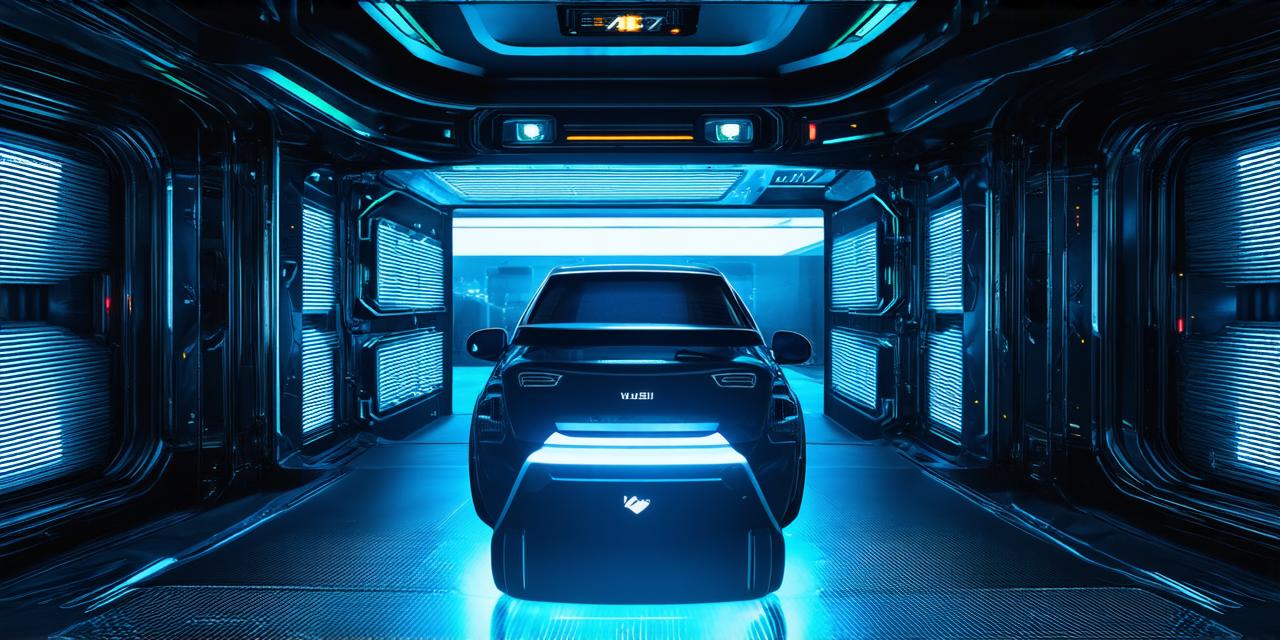Mixed Reality Applications
Mixed reality (MR) is a rapidly growing technology that combines virtual and real-world environments to create an immersive experience. MR applications have the potential to revolutionize industries such as healthcare, manufacturing, education, and entertainment.
Healthcare
Telemedicine
Telemedicine is a popular application of mixed reality in healthcare. It allows doctors to remotely diagnose and treat patients using virtual reality (VR) headsets and handheld devices. This technology has the potential to improve patient outcomes, reduce costs, and increase access to healthcare services.
Surgical Planning
Mixed reality is also being used for surgical planning. With MR, surgeons can visualize a patient’s anatomy in 3D and plan their procedures before they even enter the operating room. This technology can improve the accuracy of surgeries, reduce the risk of complications, and improve patient outcomes.
Pain Management
Mixed reality is also being used for pain management. With VR headsets and handheld devices, patients can be transported to a virtual environment that distracts them from their pain. This technology has been shown to be effective in reducing pain levels and improving patient satisfaction.
Manufacturing
Product Visualization
Mixed reality is being used for product visualization in the manufacturing industry. With MR, manufacturers can create 3D models of their products and test them in a virtual environment before they are built. This technology can improve product design, reduce costs, and increase efficiency.
Assembly Line Training
Mixed reality is also being used for assembly line training. With VR headsets and handheld devices, workers can be trained on how to perform their tasks in a virtual environment that mimics the real-world factory setting. This technology can improve worker productivity and reduce errors.
Education
Language Learning
Mixed reality is being used for language learning in education. With VR headsets and handheld devices, students can practice speaking and listening skills in a virtual environment that simulates real-world scenarios. This technology has been shown to be effective in improving language proficiency.
History and Science Education
Mixed reality is also being used for history and science education. With MR, students can explore historical and scientific events in 3D and interact with virtual objects and characters. This technology has the potential to make learning more engaging and interactive.
Entertainment
Gaming
Gaming is one of the most popular applications of mixed reality. With VR headsets and handheld devices, gamers can immerse themselves in a virtual world and interact with virtual objects and characters. This technology has the potential to revolutionize the gaming industry.
Virtual Concerts
Mixed reality is also being used for virtual concerts. With VR headsets and handheld devices, music fans can attend concerts from the comfort of their own homes. This technology has the potential to improve the concert experience and increase accessibility.
Conclusion
In conclusion, mixed reality applications have the potential to revolutionize industries such as healthcare, manufacturing, education, and entertainment.
Telemedicine, surgical planning, pain management, product visualization, assembly line training, language learning, history and science education, gaming, and virtual concerts are just a few examples of top mixed reality applications for 2021. As this technology continues to evolve, we can expect to see even more exciting and innovative applications in the future.
